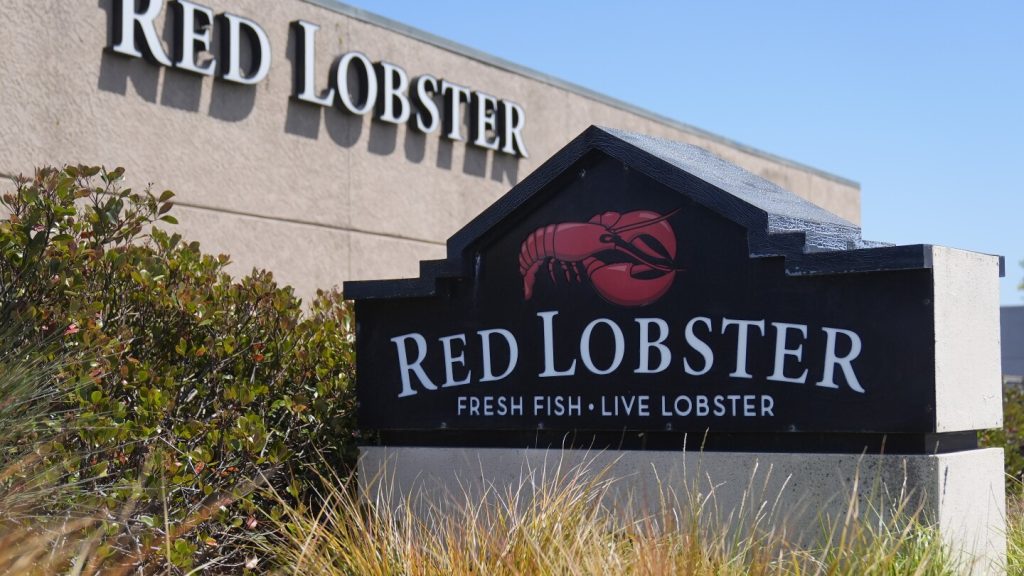Red Lobster, a popular casual dining chain known for its seafood offerings, has filed for Chapter 11 bankruptcy protection. The 56-year-old chain made the filing in response to financial and operational challenges, with CEO Jonathan Tibus citing the restructuring as the best path forward for the company. Red Lobster plans to use the bankruptcy proceedings to simplify its operations, close restaurants, and pursue a sale. The chain has entered into a “stalking horse” agreement with its lenders, indicating its intention to sell the business.
Founded by Bill Darden in an effort to make seafood dining more accessible and affordable for families, Red Lobster has faced increasing competition from fast casual chains like Chipotle and rising lease and labor costs in recent years. The chain’s all-you-can-eat deals, such as the Ultimate Endless Shrimp promotion, have also contributed to financial challenges. Red Lobster faced losses on the $20 all-you-can-eat shrimp deal, as more guests opted for the discounted offering, leading to decreased profits. Thai Union Group, Red Lobster’s former co-owner, reported a $19 million share of loss from the chain for the first nine months of 2023.
Thai Union Group announced its intention to exit its minority investment in Red Lobster in January, citing the impact of the COVID-19 pandemic, industry challenges, and rising operating costs. The company first invested in Red Lobster in 2016 and increased its stake in 2020. Following the closures of over 50 Red Lobster locations, restaurant liquidator TAGeX Brands announced it would be auctioning off the equipment from these shuttered stores. Red Lobster’s court filing noted that the chain has more than 100,000 creditors and estimated assets and liabilities between $1 billion and $10 billion. With a presence in 700 locations worldwide, Red Lobster continues to face financial pressures amid a changing dining landscape.
The bankruptcy filing and subsequent restructuring represent a significant pivot for Red Lobster as the chain aims to emerge stronger and more focused on growth. CEO Jonathan Tibus, who assumed the top post in March, believes the restructuring will address the financial and operational challenges that have plagued the company. Red Lobster’s decision to close restaurants, simplify operations, and pursue a sale through the “stalking horse” agreement underscores the chain’s commitment to navigating the current difficulties in the restaurant industry.
As the dining landscape evolves and competition intensifies, Red Lobster’s bankruptcy filing reflects broader trends in the casual dining sector. Rising lease and labor costs, coupled with changing consumer preferences and the impact of the COVID-19 pandemic, have created significant challenges for restaurant chains like Red Lobster. The closure of multiple Red Lobster locations and the decision by Thai Union Group to exit its investment underscore the tumultuous environment facing the restaurant industry.
Despite the financial and operational challenges, Red Lobster remains a beloved brand with a loyal customer base. The chain’s history of innovation, from popular menu items like popcorn shrimp to its iconic “endless” seafood deals, has endeared it to diners for over five decades. While the bankruptcy filing may mark a challenging period for Red Lobster, the chain’s efforts to restructure and focus on growth signal a commitment to overcoming obstacles and continuing to serve its customers. With a global presence and a legacy of serving quality seafood, Red Lobster’s future remains uncertain but filled with potential for revival and success in the evolving restaurant landscape.


